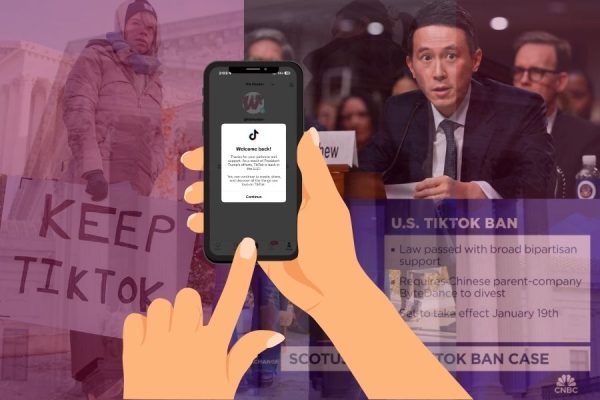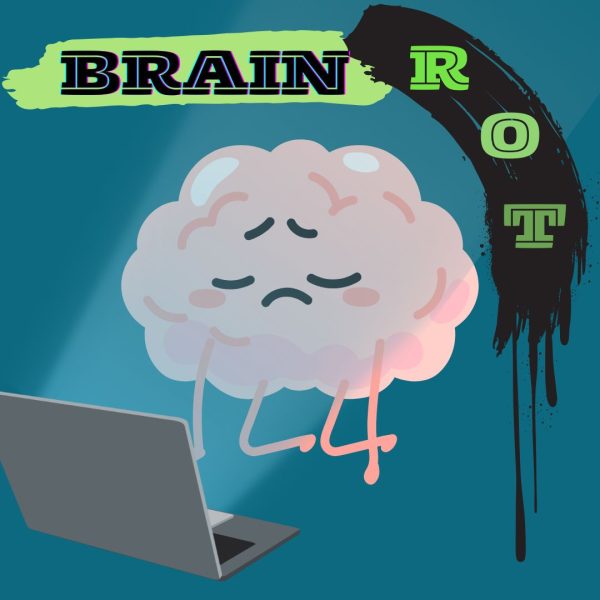Empowering the world through female role models
Female role models play an essential role in the way societies view and treat women
March 1 marked the start of Women’s History Month–with International Women’s Day celebrated on March 8, just barely two months after the historic Women’s March. Hundreds of marches sprung up across the globe; celebrating women and calling for a more equal treatment of women of all races and sexualities. Many influential women in various fields attended the festivities and protests–from activists such as Gloria Steinem to actresses such as Scarlett Johansson.
Millennials and teenagers are now seeing influential women that they looked up to growing up uniting with new icons to take on issues that are viewed important.
According to a report by Huffington Post Women, the gender gap was decreased in places with female leaders in local government. The study was conducted in West Bengal, India across 495 villages, surveying families with children 11-15 years old. In villages where there were female leaders in government, the gender gap was minor since young girls had set goals for themselves and parents in this area were 25 percent more likely to have more ambitious goals for their daughters. In villages with only male leaders, parents were 45 percent less likely to want their daughters to graduate from school, compared to their sons also 32 percent of girls were less likely to want to complete school.The importance of female role models is critical to the development of young girls. Growing up, many girls looked up to characters like Hermione Granger from the Harry Potter series as an icon, establishing a drive for young girls to embrace aptitude and take pride in being assertive. Now, those same girls have grown up but they are still able to look up to Emma Watson as a role model, with her influential work as the UN Women Global Goodwill Ambassador and her efforts with gender equality. Emma Watson inspired young girls through her portrayal of Hermione and she continues to be an inspiration for young women entering adulthood.
Female role models in politics are essential to inspire the younger generation of female politicians. In a predominantly male field, women are increasingly gaining ground in the political arena making cracks in the glass ceiling. Although women are gaining power in politics, only 22.8 percent of all national parliaments were women as of June 2016, according to UN Women. Hillary Clinton was the first woman to be the nominee of a major political party, making history and inspiring millions of women and girls across the globe. Although she did not win the presidency, she set up the framework needed for a female president, proving the influence of a possible woman president.
When Barack Obama won the presidency in 2008, he became America’s first African-American president along with Michelle Obama as America’s first African-American First Lady. The Obama presidency was extremely influential to people of all genders, races, and orientations, but Michelle Obama was incredibly inspiring to women–especially women of color. Michelle Obama was not only a prominent First Lady who was extremely involved in politics and bettering America, but also both a Harvard and Princeton graduate, exemplifying her extreme intelligence.
Another female role model for all women is Malala Yousafzai, whose work for gender equality and education influences thousands of people every day. Malala risked her life by standing up for girl’s education in Pakistan, which led her to be attacked by the Taliban on her way to school. Instead of silencing her as the Taliban intended, Malala lived and became more inspired to push for education–eventually becoming the youngest Nobel Peace Prize winner in history.
Female role models are essential to the self-confidence of young girls and inspire many women to push themselves to set higher goals. Women are essential to all aspects of life and influential women prove this by inspiring others to follow them.










